Вы здесь
AlGIR Museum.
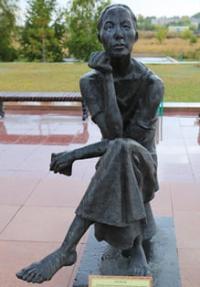
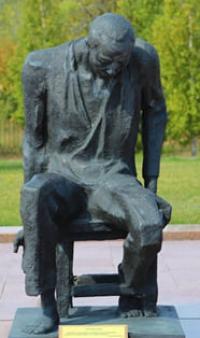
Guided tours for individuals Astana.
“Whoever the camp brought together was artists, scientists, engineers, and teachers. At first, the horses with sewage barrels were driven by ladies in hats. Then the hats became frayed, and everyone took on a camp look.”
Mikhail Zeltser. 2002 Almaty. “Zheti Zhargy” (Pages of tragic destinies).
Luxury individual and group tours in Astana.
The ALZHIR museum and memorial complex is located at an altitude of 353 meters above sea level, located 36 kilometers southeast of Astana, in the northern part of the village of Akmol (formerly called Malinovka) along Gagarin Street, 2b in the Tselinograd district of the Akmola region.
ALZHIR is a colloquial name and abbreviation meaning the Akmola camp for the wives of traitors to the Motherland. The ALZHIR museum and memorial complex, dedicated to the memory of the victims of political repression during the times of totalitarianism, is an important place that clearly demonstrates the absurdity of war and the blind tyranny of the “leaders of the people.”
Over the years (from 1938 to 1953), more than 18,000 women were kept here. Today, the museum and memorial complex presents compositions - the famous “Arch of Sorrow”, under which one should lower one’s head, steles, “Stalin’s carriage” and the barracks where women lived.
“Many tourists come here to honor the memory of repressed women, learn about their “Calvary” during Stalinism and understand that this should not happen again. The climate of the Kazakh steppe is very harsh - in summer the heat reaches 40 degrees, there are clouds of mosquitoes, and in winter - frosts up to 40 degrees.
And the steppe winds do not subside all year. In winter - with snow, in summer - with sand. Even mortar cannot withstand sudden climate changes, but mothers, wives, sisters and children of “enemies of the people” must go through this.
The first convicts were brought here in stages in “heatbox” cars at the beginning of January 1938. In severe frosts, women built adobe barracks with their own hands, installed bunks, and used straw as mattresses.
The new arrivals built barracks for the next stages. At that time, the camp territory consisted of 30 hectares of land, surrounded by two rows of barbed wire, with security towers along the perimeter. Now there is also a security tower on the territory of the memorial. And another visual exhibit is the “tevushka” - it was in such cars that up to 70 repressed people could be transported, and their journey to Kazakhstan could last up to two months!
On the territory of the camp there was a lake overgrown with reeds. Reed was used for construction in the summer, and in the first years in the winter they only heated their barracks with it. Memorial workers say that often women had to cut reeds in cold water almost waist-deep in order to... warm up later.
But the reeds provided so little heat that the temperature in the barracks did not exceed eight degrees! When the Akmola camp for the wives of traitors to the motherland opened, there were no quotation marks in its name.
This is exactly how the word “traitors” is now written on a sign near the Alley of Victims of Repression in the village of Akmol near Astana. At first there was the so-called “26th point”. At its base in January 1938, the Akmola camp for the wives of “traitors” to the homeland appeared.
He belonged to the Akmola special department of the Karlag NKVD (Karaganda NKVD camp). The prisoners of the camp called it briefly: ALGERIA. In this camp, by the will of Stalin, about eight people were thrown into the millstones of the repressions of the 1930s.
Hundreds of Gulag camps were scattered throughout the Soviet Union, Algeria was home to thousands of women, whose only guilt was that they did not betray their husbands, the first of these epicenters of hell on Earth.
Then the camp turned into a diversified farm with large agricultural production, workshops, and a garment factory. After the camp was closed in 1953, the village began to be called Malinovka, and now Akmol, after the historical name of the area.
The prisoners themselves built and furnished this place. Barracks, a canteen, livestock farms, a water pumping station, a granary, workshops - all this was built by the hands of imprisoned women. These were mainly representatives of the intelligentsia, not accustomed to hard work.
They were forced to collect reeds, dig ditches and plant gardens. A lot of raspberries were planted, and this is how the former name of the village Malinovka appeared. Nothing remains of these gardens and vegetable gardens. And once upon a time, women protected them at the cost of their own lives.
Former prisoner of the Mintai camp Daukenova told current local residents that when They planted 600 apple seedlings, the hares began to gnaw their bark, since the winter was harsh and they had nothing to eat.
The camp management then ordered that if even one seedling disappeared, they would start shooting the prisoners. The women decided to share bread with the hares. They left pieces of bread near each seedling.
The hares picked up these crumbs without touching the bark of the planted trees. By spring, the apple orchard was preserved. In its place now stands the ALZHIR museum and memorial complex. The shepherds put bread and meat under the bushes and made signs to the women that something was lying here and there.
The prisoners of ALZHIR were very grateful to the local Kazakhs. All camps are bad, but it was in the Kazakh camps that many survived. There is no exact information in the museum about how many survived. Women prisoners died only at the beginning of the camp’s existence in 1938 – 1939.
In the early years, the weak died. Mostly the intelligentsia sat. Apart from a pencil and a pen, they didn’t hold it in their hands, but here they had to dig, collect reeds and work on a tractor. Rakhil Plisetskaya, the mother of the famous Russian ballerina Maya Plisetskaya, was sitting in the Akmola camp.
She was sentenced to eight years. Initially, Rakhil Plisetskaya was imprisoned in Butyrka prison, and after the verdict, as the wife of an “enemy of the people,” she was transferred to the Akmola camp for the wives of “traitors” to the motherland, where she arrived with her son Azariy.
Rachel Plisetskaya did not spend long in ALGERIA. As a result of requests and efforts from her relatives, after some time she was transferred to a free settlement in Shymkent. Mikhail Zeltser, the son of another prisoner, Briana Lurie, whose mother was in the camp with Rakhil Plisetskaya, most fully describes the contingent of prisoners in his story in the book “Pages of Tragic Fates” published in 2002 by the Almaty publishing house “Zheti Zhargy”:
- “Whoever the camp brought together was artists, scientists, engineers, and teachers. At first, the horses with sewage barrels were driven by ladies in hats. Then the hats became frayed, and everyone took on a camp look.”
90 percent of prisoners had higher education. “Among us were Leningrad professors, almost the entire troupe. On the territory of the former Akmola camp for the wives of “traitors” to the motherland there is a large village of Akmol with four-five-story panel houses, a department store, and a club.
The village is surrounded by large poplar trees planted by prisoners. Little has been preserved from the camp infrastructure: an abandoned, crumbling adobe barracks; the bathhouse that now houses the power plant, as well as the entrance building where prisoners were checked. It was later completed, and now it is a private house.
- “In the sleeping barracks, where 360 people vegetated at the same time, the air was stale.
To survive, the women collected stumps from garbage dumps and cooked their own stew in pots in the fireboxes; the stench permeated the entire barracks. The guard who brought us to the place was reluctant to go inside because of the smell; he usually asked one of the old women on duty to count the prisoners.
- Our ladies joked: “They guard us like gold, but value us like g...”,” former prisoner Maria Danilenko writes in her memoirs.
After the closure of the Akmola camp for the wives of “traitors” to the motherland, its former prisoners continued to live in the barracks, and then special settlers and pioneers of the virgin lands were housed here. Some prisoners stayed and created new lives here.
In the museum itself they will definitely show you a film about “ALGERIA”, when watching which some men cannot hold back their tears. The main architectural idea of the complex is also impressive: a large structure is made of metal, symbolizing national headdresses - women's and men's.
... On the territory of the complex there are many memorial plaques with the names of women who served their sentences here. Many nationalities from all over the USSR, there are also Poles, Slovaks, Chinese...
Many find here their last name, the last name not necessarily of their distant relative. Poland, Russia, Israel and other states installed memorial stones here in honor of their compatriots. Means “members of the families of traitors to the Motherland”). We are talking mainly about family members of the Soviet elite.
On the site of the former camp, on the initiative of the President of Kazakhstan Nursultan Nazarbayev, four years ago, the ALZHIR Museum and Memorial Complex of Victims of Political Repression was created.
During the official opening of the complex on May 31, 2007, the leader of Kazakhstan personally spoke to former ALZHIR women prisoners invited here from many CIS countries. The memorial was erected by Honored Architect of Kazakhstan Saken Narinov.
Kazakhs from the neighboring village had no right to help those convicted. One day, children from the village, to the delight of the guards, began throwing stones at the women through the barbed wire. This went on for several days in a row: the women tried not to pay attention to the little annoying Kazakhs, and they threw stones with even greater fervor.
Finally, one of the women picked up the stone and looked at it carefully. It turned out that it was not a stone, but a kurt! This is what the Kazakhs call the dried product made from sheep or camel curdled milk! Kurt has a characteristic gray color and is one of the traditional products of nomads and pastoralists.
After this, the women gratefully picked up each such “stone”!”
Geographical coordinates of the Algiers Museum: N51°04'42 E70°58'18
Oh, Lord, it's not a stone.
He smells like milk.
And a flame of hope fluttered in my soul,
And a lump formed in my throat.
So this is what the old people came up with!
This is why women risked their children!
They protected us from illness,
They saved us from unbelief.
They realized that we are not enemies,
They're just unhappy women.
And they helped in any way they could,
Amazing us with his humanity.
I silently crawled across the ice,
Collecting gems.
Now I have averted trouble from them,
Saving them from security.
And at night in the coldest barracks,
On the ground desecrated by the executioners,
I, a German, prayed to the Muslim god,
I didn’t ask for anything for myself.
I asked the old people for health,
Women-mothers - happiness.
I especially prayed for the children,
So that they do not see misfortune.
I went through all the circles of hell
I lost my faith and my friends,
But one thing I know
That this is the only way to raise children.
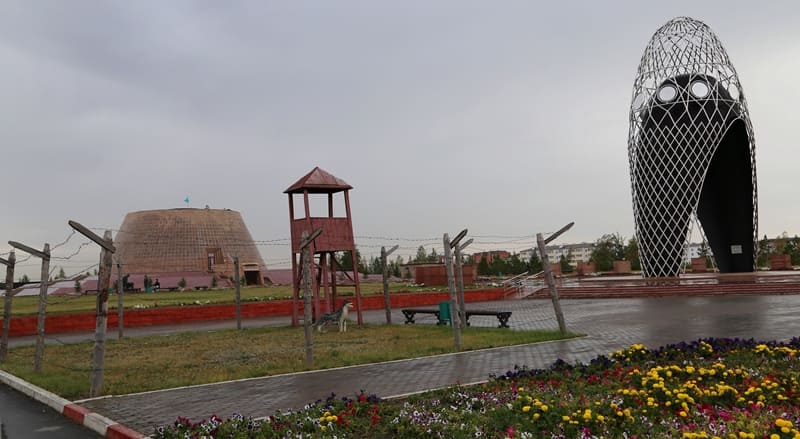
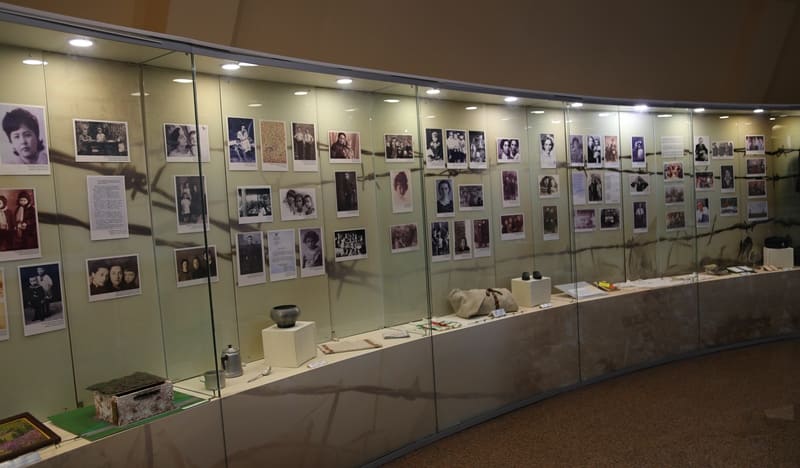
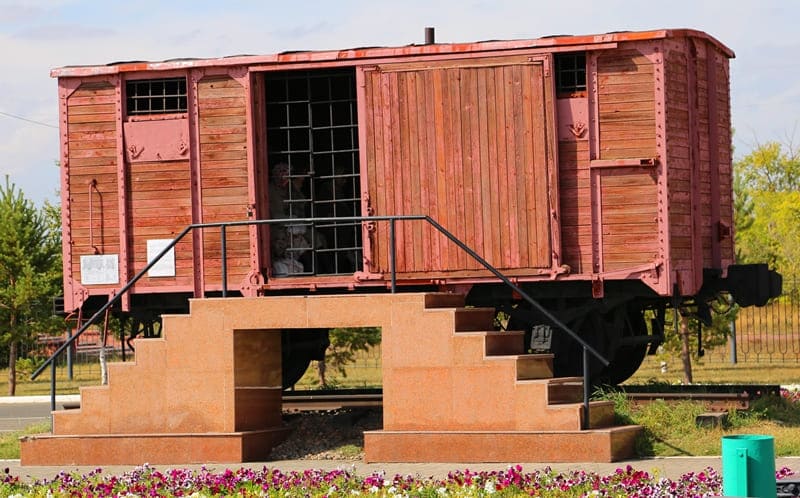
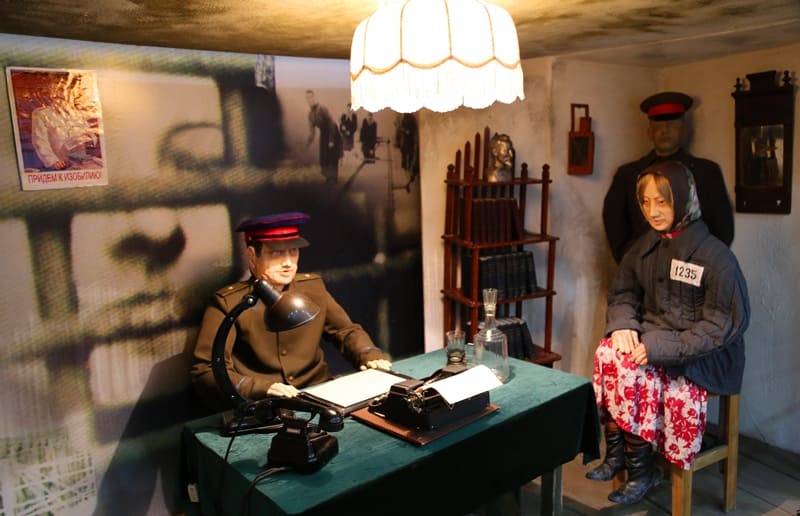
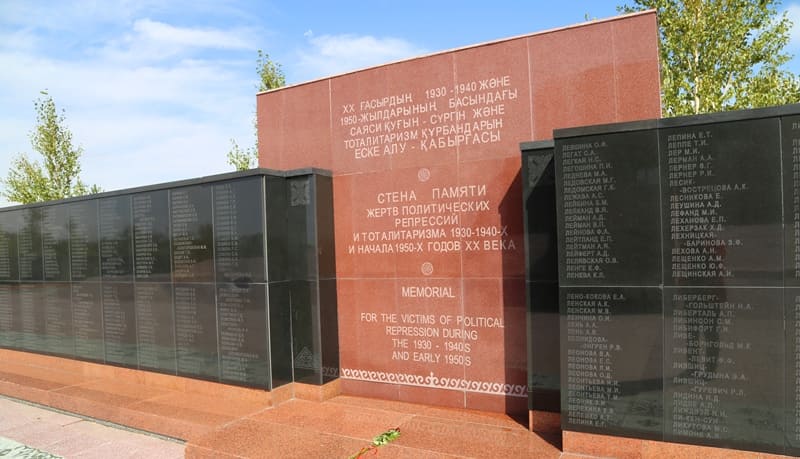
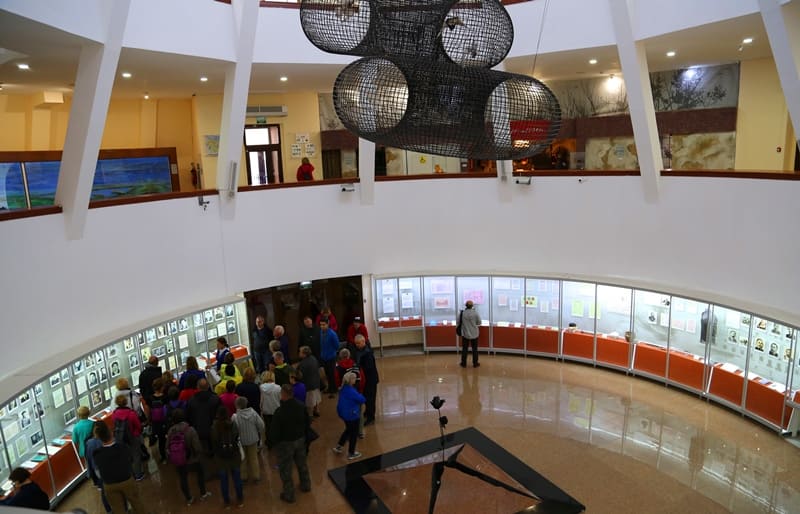
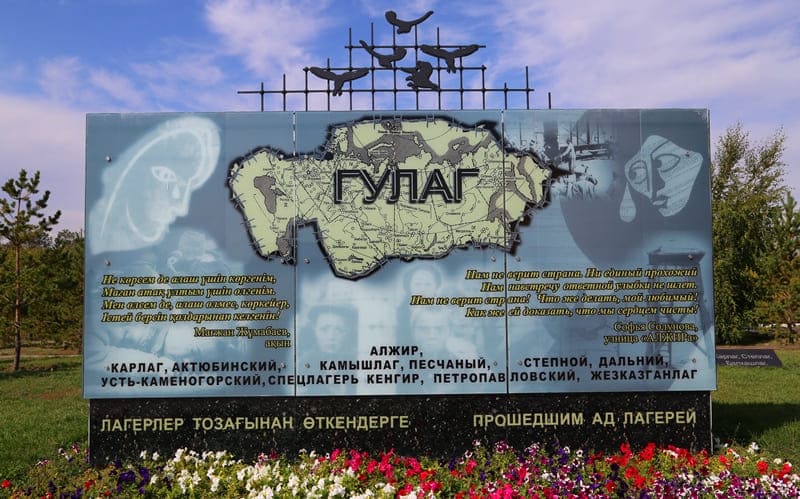
Authority:
https://museum-alzhir.kz/ru/o-muzee/kniga-otzyvov
Photos by:
Alexander Petrov.







